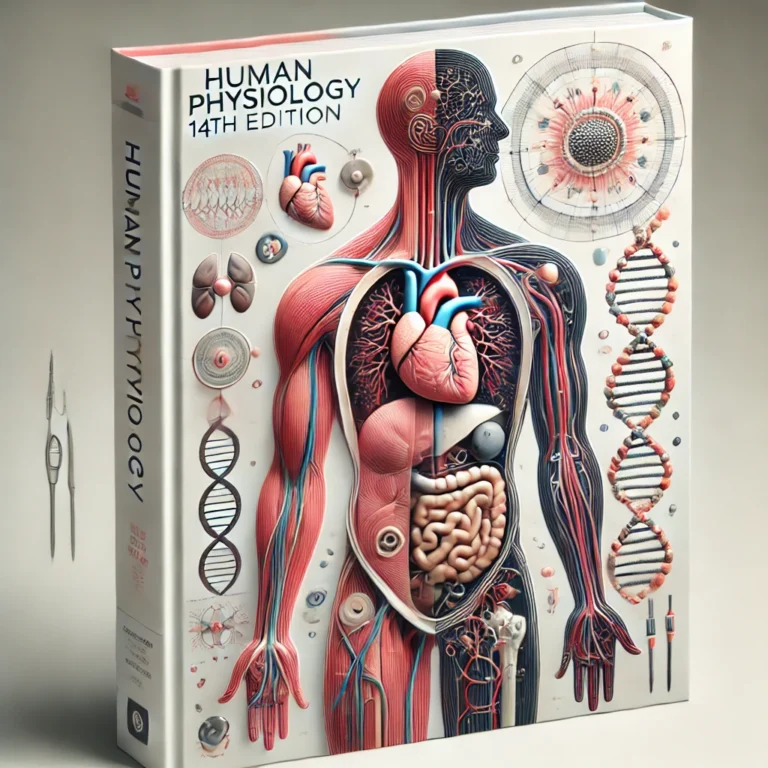The Evolution of Antibiotics: From Discovery to Resistance and Future Innovations
One of the greatest medical discoveries of the 20th century, antibiotics have transformed the treatment of bacterial infections and saved countless lives. But the story of antibiotics—from their original discovery to the current state of antibiotic resistance—is a complicated one, full of scientific advances, therapeutic triumphs, and pressing problems. The discovery of antibiotics, the emergence of antibiotic resistance, and upcoming developments that could redefine their usage are all highlighted in this article’s exploration of the history of antibiotics.
The Finding of Antibiotics
The discovery of penicillin by Alexander Fleming in 1928 marks the beginning of the history of antibiotics. Fleming discovered that a mold known as Penicillium notatum had infected one of his petri dishes and was preventing the growth of staphylococci bacteria while he was employed at St. Mary’s Hospital in London. The first real antibiotic, penicillin, was isolated as a result of this coincidental observation and was subsequently mass-produced in the 1940s. Since the discovery of penicillin, the death rates from bacterial illnesses like syphilis, pneumonia, and scarlet fever have significantly decreased.
Midway through the 20th century, a number of additional pharmacy antibiotics, including erythromycin, tetracycline, and streptomycin, were discovered in addition to penicillin. Each of these antibiotics made a substantial contribution to the fight against infectious diseases and was taken from natural sources, mainly fungi and soil bacteria. Antibiotics’ quick discovery gave rise to the idea that bacterial infections might be successfully treated, if not completely eradicated.
The Age of Antibiotics’ Golden Age
The term “Golden Age” of antibiotics refers to the period between the 1940s and the 1960s. Pharmaceutical corporations made significant investments in the discovery and development of novel antibiotics during this time, giving medical professionals a wide range of choices. The development of these antibiotics revolutionized medical practice by making surgeries safer and enabling much better management of chronic illnesses. But this historical period also planted the seeds for later issues.
Antibiotics started to lose efficacy as they were used more frequently. Antibiotic misuse and overprescription put bacteria under selective pressure, which resulted in mutations that gave rise to resistance. Researchers and medical practitioners are becoming increasingly concerned about the advent of antibiotic-resistant forms of bacteria.
Antibiotic Resistance’s Ascent
The normal evolutionary response of bacteria to the selective pressures exerted by antibiotic use is the phenomenon known as antibiotic resistance. Antibiotic exposure kills susceptible bacteria, but mutations that confer resistance allow resistant bacteria to survive and proliferate. As a result of this process, “superbugs,” or bacterial strains resistant to numerous antibiotics, arise.
The 1960s saw the emergence of Methicillin-resistant Staphylococcus aureus (MRSA), one of the most well-known cases of antibiotic resistance. Methicillin was once used to treat MRSA infections, but these days, the infections are hard to treat and can cause serious side effects, such as sepsis and even death. There are now serious problems for public health due to the emergence of other resistant pathogens such multidrug-resistant Mycobacterium TB and Clostridium difficile.
Antibiotic resistance is one of the top ten worldwide public health problems, according to the World Health Organization (WHO), underscoring the urgent need for new approaches to tackle this expanding issue. The emergence of antibiotic resistance is facilitated by the abuse of antibiotics in agriculture, the high rate of antibiotic usage in developing nations, and insufficient infection control practices in healthcare settings.
Taking up the Problem of Opposition
In order to counteract antibiotic resistance, various approaches have been suggested. These include encouraging appropriate prescribing procedures for antibiotics, improving infection prevention and control protocols, and raising public knowledge regarding the appropriate use of antibiotics. Programs for antimicrobial stewardship are designed to maximize the use of antibiotics in healthcare environments, guaranteeing that patients receive the best possible treatment while reducing the likelihood that they will acquire resistance.
Furthermore, it is crucial to do research on novel antibiotic molecules and alternative therapy. Researchers are looking into a number of approaches, such as the use of viruses that infect bacteria in bacteriophage therapy and the creation of antimicrobial peptides that can damage bacterial membranes. Furthermore, scientists are looking into how vaccinations could be able to stop bacterial infections and lessen the need for antibiotics.
Upcoming Developments in Antibiotics
Antibiotics have a difficult future ahead of them, but there is also opportunity for innovation. The development of novel antibiotics and other treatments is being facilitated by developments in genetics and biotechnology. For example, the identification of new compounds with antibacterial properties can be facilitated by applying machine learning methods.
Investigating the human microbiome—the assortment of bacteria that live in our bodies—is another fascinating field of study. By creating probiotics and other treatments that support a balanced population of bacteria, the microbiome’s function in human health and disease may be better understood, thereby lowering the need for antibiotics.
Moreover, the use of antibiotics may be impacted by the development of tailored treatment. Genetic testing can help medical professionals better customize therapies and reduce the possibility of resistance by identifying a patient’s vulnerability to particular bacterial illnesses.
In summary
The development of antibiotics from their discovery to the current antibiotic resistance dilemma demonstrates the tremendous achievements and important obstacles that face modern medicine. Millions of lives have been saved by antibiotics, yet the public’s health is seriously threatened by the rise of resistant bacteria. A multimodal strategy is needed to address this issue, including public awareness campaigns, research into innovative medicines, and safe antibiotic usage.
It is critical that we support innovation in the development of antibiotics and investigate alternative therapeutic approaches as we move to the future. By doing this, we can make sure that antibiotics keep up their vital role in the battle against infectious diseases, protecting future generations’ health. Antibiotics are only one chapter in a long saga that illustrates the importance of scientific advancement and the constant need for awareness in the face of changing circumstances.






